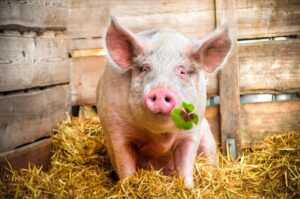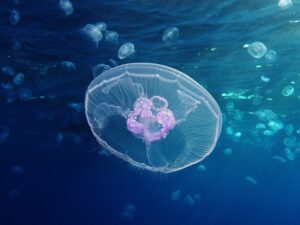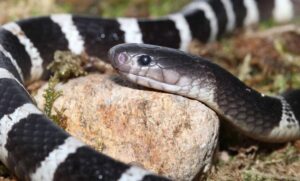And sometimes, it is the “parents” themselves who are accomplices in this cruel, fierce battle. It’s still for the sake of survival, but the fact that the bloodshed begins as soon as the animals see the light of day is truly terrifying. Yet, this is a true story for some of the following animals. Join KnowAllAnimals to explore the list of the Most Cruel Animals in the following article!
1. Top 9 Most Cruel Animals in the World You Won’t Believe Exist
The Most Cruel Animals are not only known for their unique appearance or fearsome strength but also for their brutality in hunting and survival. From cold-blooded predators to creatures with behaviors more terrifying than we can imagine, this list will surprise you with the harshness of the natural world.
1.1. Snowy Egret – The Most Gruesome Murder
- Kingdom: Animalia
- Phylum: Chordata
- Class: Aves
- Order: Pelecaniformes
- Family: Ardeidae
- Genus: Egretta
- Species: E. thula
The Snowy Egret (Egretta thula) is a beautiful bird with pristine white feathers. But their lives are much darker than their appearance suggests, and it begins right after birth.
Snowy egrets typically lay three eggs, but the third egg receives only half the normal amount of hormones. Of course, with this lack of hormones, the “chosen” third chick is much weaker than the other two.
If food is plentiful, the two older chicks will let their younger sibling die on its own. But if food is scarce, they will devour their younger sibling, or at the very least, peck it to death or push it out of the nest.
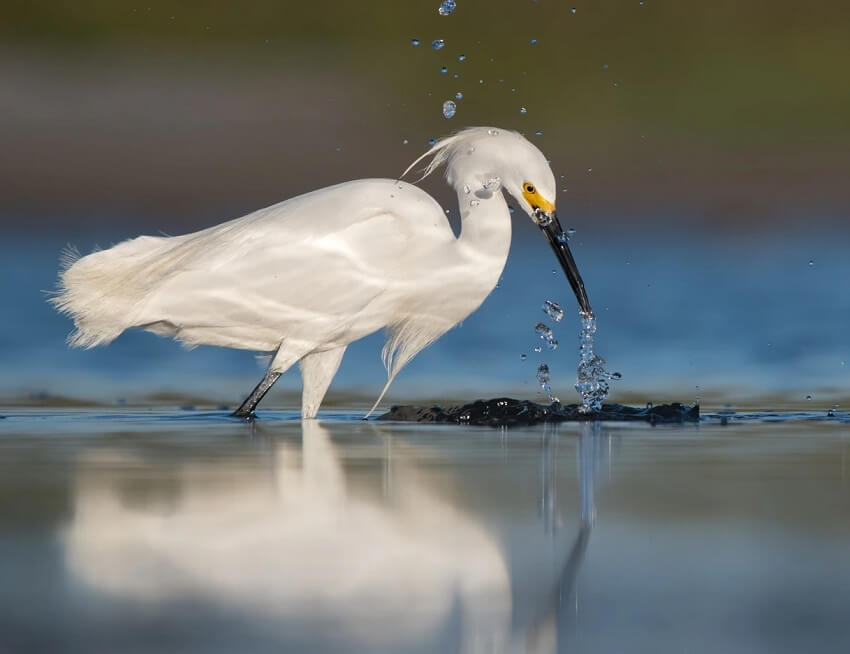
1.2. Golden Eagle – Beating the Younger Sibling to Death
- Kingdom: Animalia
- Phylum: Chordata
- Class: Aves
- Order: Accipitriformes
- Family: Accipitridae
- Genus: Aquila
- Species: A. chrysaetos
A Golden Eagle (Aquila chrysaetos) nest is usually very large, about 1.5–2.4 m (5–8 ft) wide and 61 cm (2 ft) high. But golden eagle eggs don’t hatch at the same time; they are spaced out by one or two days.
As soon as the “firstborn” chick breaks out of its shell, the abuse begins. It will not only hoard all the food brought back by the parents but also relentlessly peck at its younger siblings.
Usually, after just a few weeks, the second and third chicks will be dead. And even though the parents could clearly intervene, they never do.
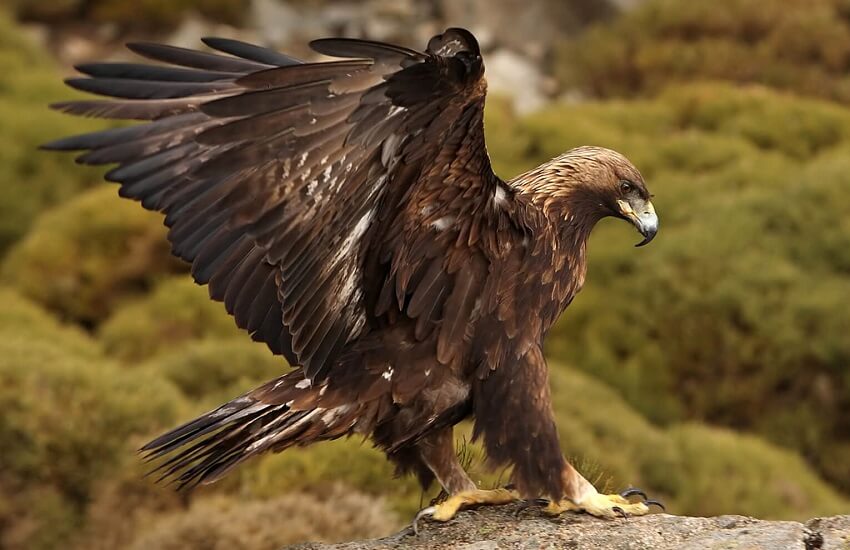
1.3. Spotted Hyena – Not Even the Mother Can Stop Them
- Kingdom: Animalia
- Phylum: Chordata
- Class: Mammalia
- Order: Carnivora
- Superfamily: Herpestoidea
- Family: Hyaenidae Gray, 1821
Unlike the golden eagle, which passively watches its offspring kill each other, the Spotted Hyena mother tries to intervene. However, as soon as the mother is distracted, the newborn cubs, whose eyes are barely open, will start tearing into each other again.
Unlike most mammals, which are born without teeth, hyena cubs are born with a full set of sharp jaws. Their eyes are also open from birth, and they quickly jump into a fight to establish a hierarchy. To prevent their mother from interfering, the cubs will frantically dig tunnels and then drag each other into them to fight to the death. Some of the weaker ones die from their injuries, while others die of starvation because they are too afraid to come out of the self-dug den.
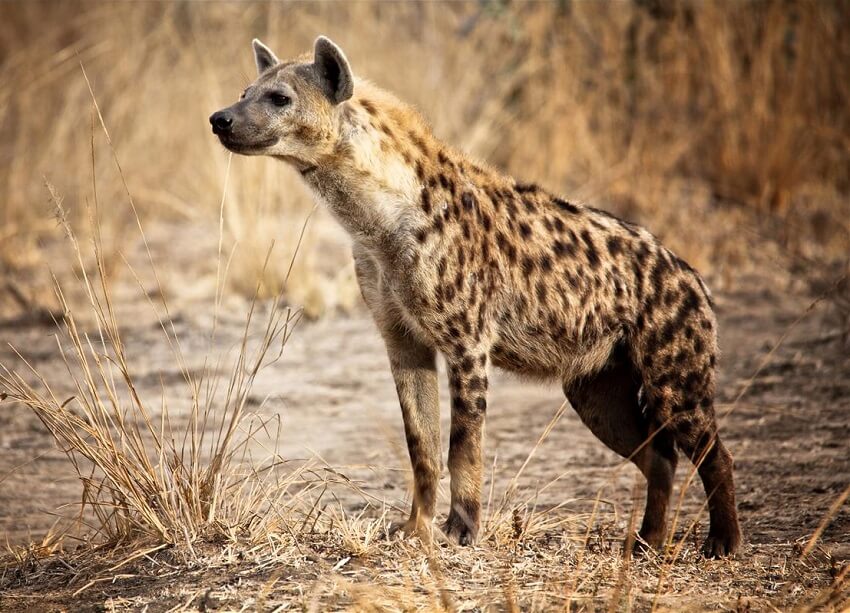
1.4. Sand Tiger Shark – Sibling Slaughter in the Womb
- Kingdom: Animalia
- Phylum: Chordata
- Class: Chondrichthyes
- Subclass: Elasmobranchii
- Division: Selachii
- Order: Lamniformes
- Family: Carchariidae
- Genus: Carcharias
- Species: C. taurus
The Sand Tiger Shark (Carcharias taurus) is the only animal in nature known for its tendency to kill its siblings before seeing the light of day. Because the female sand tiger shark has two uteruses, she prepares a large number of eggs. Strangely, even while still in the womb, the sand tiger shark embryo has already developed teeth. It will use this “weapon” to devour the other embryos and even the unfertilized eggs.
In the end, only two sand tiger shark pups (one per uterus) are born. Thanks to this “training” in the womb, as soon as they emerge, they are already masters of hunting in the ocean.
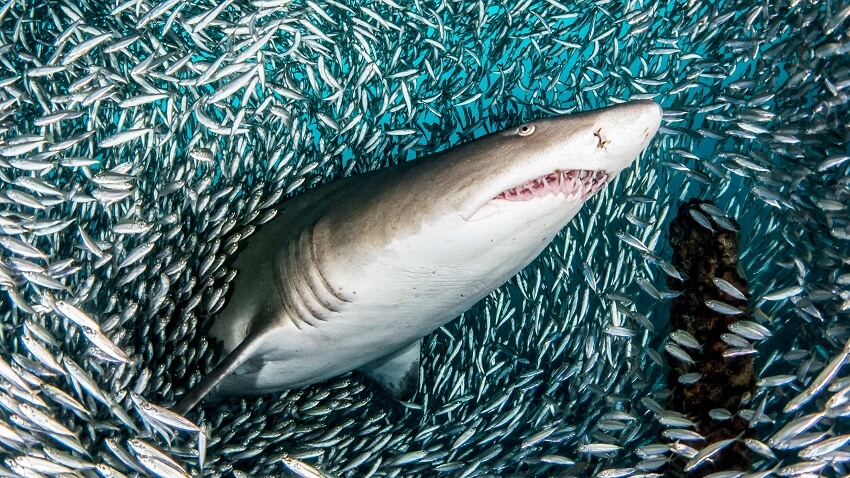
1.5. Cotesia congregata Wasp Larvae – The Male Massacre
- Kingdom: Animalia
- Phylum: Arthropoda
- Class: Insecta
- Order: Hymenoptera
- Family: Braconidae
- Genus: Cotesia
- Species: C. congregata
Cotesia congregata is one of the most brutal parasitic wasps in the natural world. After finding a suitable caterpillar, it lays two eggs on the host’s body, one male and one female.
But that’s not all! These two eggs quickly clone themselves, creating about 200 male larvae and 1,200 female larvae. Of these female larvae, about 50 develop earlier. They have strong, sharp jaws but no reproductive organs.
Since only one or two male wasps are needed to mate with their sisters, the “all-female army” begins a massacre. By moving across the caterpillar’s body, they relentlessly hunt and devour the “young males” before they even get a chance to experience life.
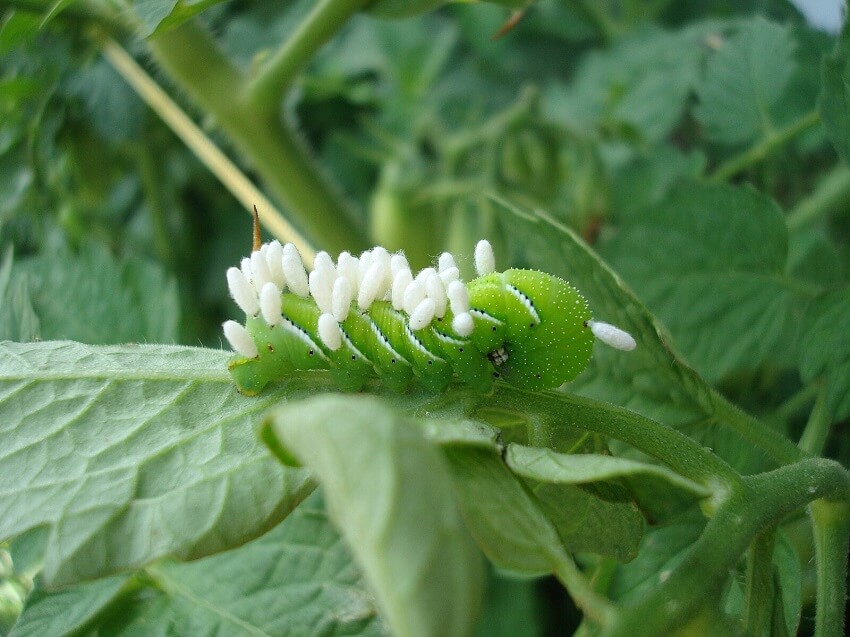
1.6. Tiger Salamander – Eating Their Own When No Other Option Remains
- Kingdom: Animalia
- Phylum: Chordata
- Class: Amphibia
- Order: Urodela
- Family: Ambystomatidae
- Genus: Ambystoma
- Species: A. tigrinum
Among animals that kill their siblings, the Tiger Salamander (Ambystoma tigrinum) is the “least cruel.” It will only eat its “brothers and sisters” when there are no “neighbors” left to eat.
Baby tiger salamanders are born in the water, where they begin life as tadpoles. However, they can develop into two different forms: a normal form and a “cannibalistic” form.
The cannibalistic form has a larger head, mouth, and teeth. It only appears when the pond water is drying up or food is extremely scarce.
Miraculously, a tiger salamander can distinguish between its “brothers and sisters” and “strangers.” It will absolutely never attack its “family” unless there are no “strangers” left to fill its stomach.
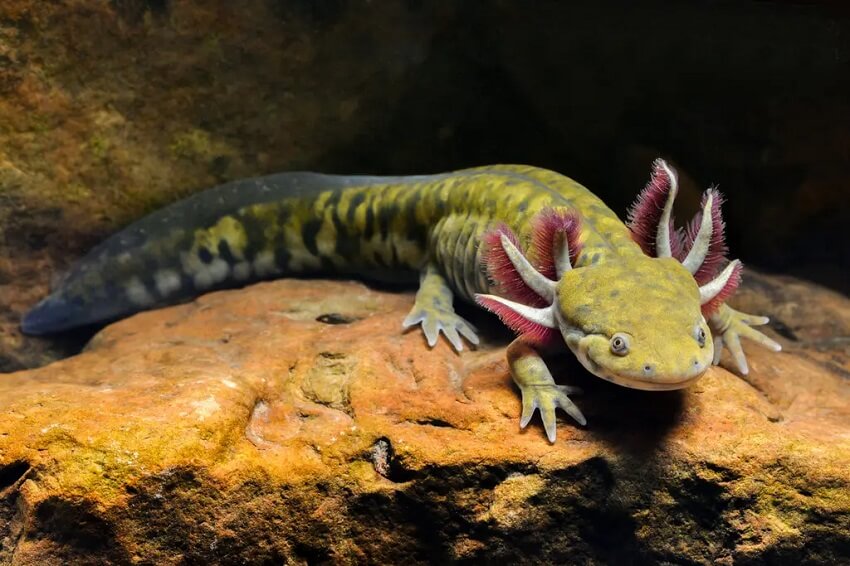
1.7. African Buffalo
- Kingdom: Animalia
- Phylum: Chordata
- Class: Mammalia
- Order: Artiodactyla
- Family: Bovidae
- Subfamily: Bovinae
- Genus: Syncerus
- Species: S. caffer
According to Cntraveler, via KnowAllAnimals, there are approximately 900,000 African buffalo found in sub-Saharan Africa. This species is generally docile, often traveling in large herds, grazing in the early morning and late afternoon, or finding water to drink. However, if a single buffalo is threatened, the entire herd can become incredibly aggressive.
This animal has killed more hunters on the continent than any other species. An adult African buffalo can stand over 1.8 meters (6 feet) tall and weigh nearly a ton. When chasing prey, it can run at a speed of 60 km/h (37 mph) and will not stop, even if injured. They are also not afraid to confront a moving vehicle. You definitely do not want to “start a fight” with this animal.
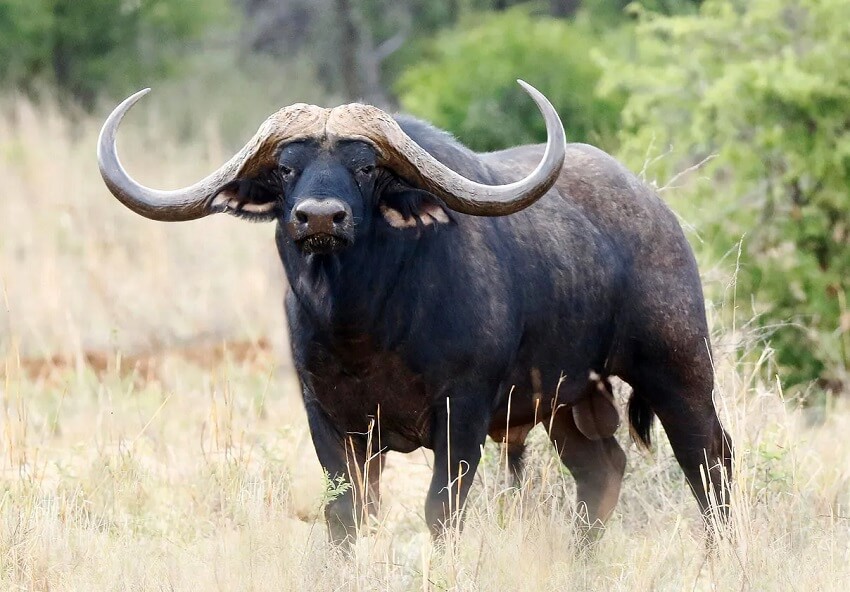
1.8. Belcher’s Sea Snake
- Kingdom: Animalia
- Phylum: Chordata
- Class: Reptilia
- Order: Squamata
- Suborder: Serpentes
- Family: Elapidae
- Genus: Hydrophis
- Species: H. belcheri
According to a-z-animals.com, via KnowAllAnimals, the Belcher’s Sea Snake, found primarily in the Indian Ocean, is one of the most dangerous species in the world. This snake can grow to over 3.3 meters (11 feet) long, with a slender body that is yellow with green diagonal stripes.
Scientists believe that the venom in a single bite from a Belcher’s sea snake could kill 1,800 people. If a person is bitten by this snake, there are only about 30 minutes to get emergency medical help and remove the venom before death occurs. However, because this snake is typically shy, very few deaths are caused by it.
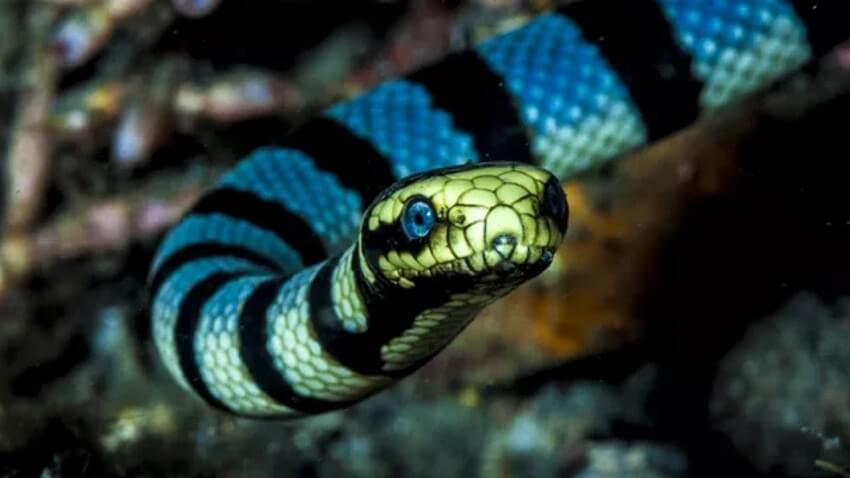
1.9. Nile Crocodile
- Kingdom: Animalia
- Phylum: Chordata
- Class: Reptilia
- Clade: Archosauria
- Order: Crocodilia
- Superfamily: Crocodyloidea
- Family: Crocodylidae
- Genus: Crocodylus
- Species: C. niloticus
Approximately 1,000 crocodile attacks occur worldwide each year, and about 40% of those attacks are fatal. The most aggressive crocodile species in the world today is the Nile Crocodile, which can be found throughout the rivers of Africa.
The Nile crocodile fears nothing due to its wild predatory nature and extremely fearsome teeth. It is also the second-largest crocodile species in the world.
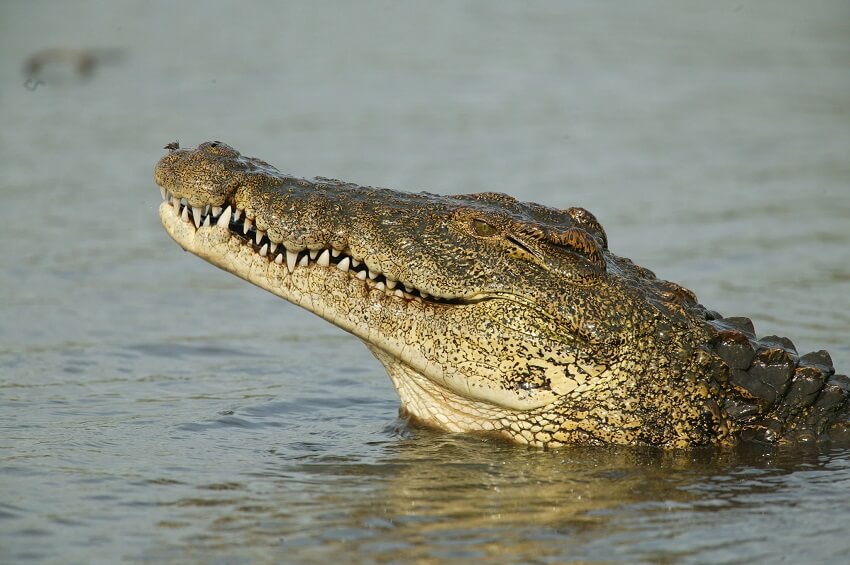
2. FAQs
1. Why do snowy egrets kill their newly hatched siblings?
Snowy egrets (Egretta thula) typically lay three eggs, but the third chick receives only about half the necessary hormones. If food is scarce, the two older chicks will let their younger sibling die or even peck it to death or push it out of the nest.
2. How do golden eagles behave toward later-hatched chicks?
Golden eagle eggs usually don’t hatch at the same time, and the first chick has an advantage in nutrition and size. As soon as it hatches, the firstborn will claim the food brought by the parents and attack its younger siblings, who often don’t survive for long.
3. Which species is known to kill its siblings in the womb?
The sand tiger shark (Carcharias taurus) is the only known species to engage in cannibalism inside its mother’s womb. The embryos develop teeth early and will destroy the other embryos to secure their own survival.
3. Conclusion
The animal kingdom can sometimes be so harsh that it’s startling: from the snowy egret, golden eagle, and hyena to the sand tiger shark, each species, with its own unique survival secret, is a testament to the law of the jungle: the strong survive, and the weak are eliminated. While it may sound cruel, this behavior helps these species adapt to harsh environments, maintain the health of their population, and ensure their existence. Understanding the facts about the Most Cruel Animals not only enriches our knowledge but also makes us appreciate the individuals in the natural world, especially those small but resilient lives.

